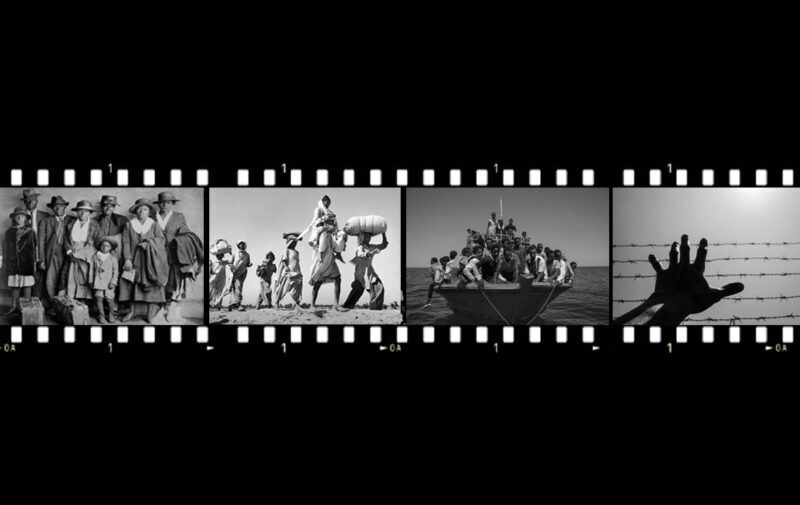“[…] immigration has been in the spotlight of cinema almost since its beginnings.
For this reason, the possibilities offered by the history of cinema
to reflect on human movements and migratory
flows are vast.” (Javier de Lucas, 2004)
Clearly, cinema has always been interested in migration as a phenomenon to be represented. But it is perhaps more recent that migration studies are interested in how this phenomenon is represented through cinematographic fiction. Suffice it to say now that the prestigious The Encyclopedia of Global Human Migration (Ness, 2013) devoted up to fourteen entries to this confluence of the study of migration through film. It is with this relevance that the International Organization for Migration (IOM) counts on to promote since 2017 (in its first edition) an International Migration Film Festival (with screenings around the world). What the IOM intends with this is to promote a critical awareness of the phenomenon itself: “Over the years, films have been used to inform, entertain, educate and generate debates”. It is in this spirit that the IOM launched this Festival, as can be read on the Festival’s website.
Well, aware of this, we have been trying for some time to promote a line of research on film and migration at the Migration Institute of the University of Granada. After some approaches (Abuladze, Esteban Bretones, & García Castaño, 2012; Esteban Bretones, Abuladze, & García Castaño, 2012 and García Castaño, Esteban Bretones & Abuladze, 2012), we tried to consolidate the initiative with an annual offer of a free configuration subject in the Faculty of Philosophy and Letters of the University of Granada entitled Cinema and Migrations -it was offered from the academic year 2010/11 to 2015/16-. Then we would promote several activities from the PhD Program in Migration Studies at the University of Granada:
- Guido Ring (Anglia Ruskin University, Cambridge) in 2013 developed a seminar on My Family (Nava, 1995) and in 2014 another seminar on I Want to be like Beckham (Chadha, 2002). in 2015 he was invited to present the paper Imagining a New Society? Cultural Boundaries and their Limits in Gregory Nava’s Cinema at the VIII Congress on International Migration in Spain held in Granada.
- Ángel Luis Lara Rodríguez (State University of New York) developed in 2016 the seminar Creative Uses of Television Fiction in Social Research: Narrating Research, Investigating Narratives.
Finally, we were able to organize a seminar on cinema and migrations with a large participation of specialists and a great commitment of the research staff of the Doctoral Program itself. As a result of this last seminar, a book entitled Cine y Migraciones (Cinema and Migrations) will be published in the coming months in the Migration Studies Collection of the Bellaterra publishing house. The delay in its publication, when almost everything was already concluded, was motivated by the appearance of a world pandemic caused by the COVID-19 and some other illness of some of the editors.
This line of research is beginning to consolidate with the recent participation of several members of the Migration Institute in the Filming Lab22 Workshops directed by Professor María Ángeles del Moral Garrido (Department of Social Anthropology of the University of Granada). The program of the workshop dedicated to cinema and migrations can be consulted in the following link.
Finally, this set of actions has been completed with a with a research stay of Prof. F. Javier García Castaño (fjgarcia@ugr.es) at the Observatory of the Spanish Language and Hispanic Cultures in the United States of the University of Harvard. This stay has been devoted to studies on Spanish migration cinema in the USA and has been funded by the Mobility Grants Senior Stays (Salvador Madariaga 2021) of the Ministry of Education and Professional Training of the Spanish Government. Thanks to this stay it has been possible to build this website.


